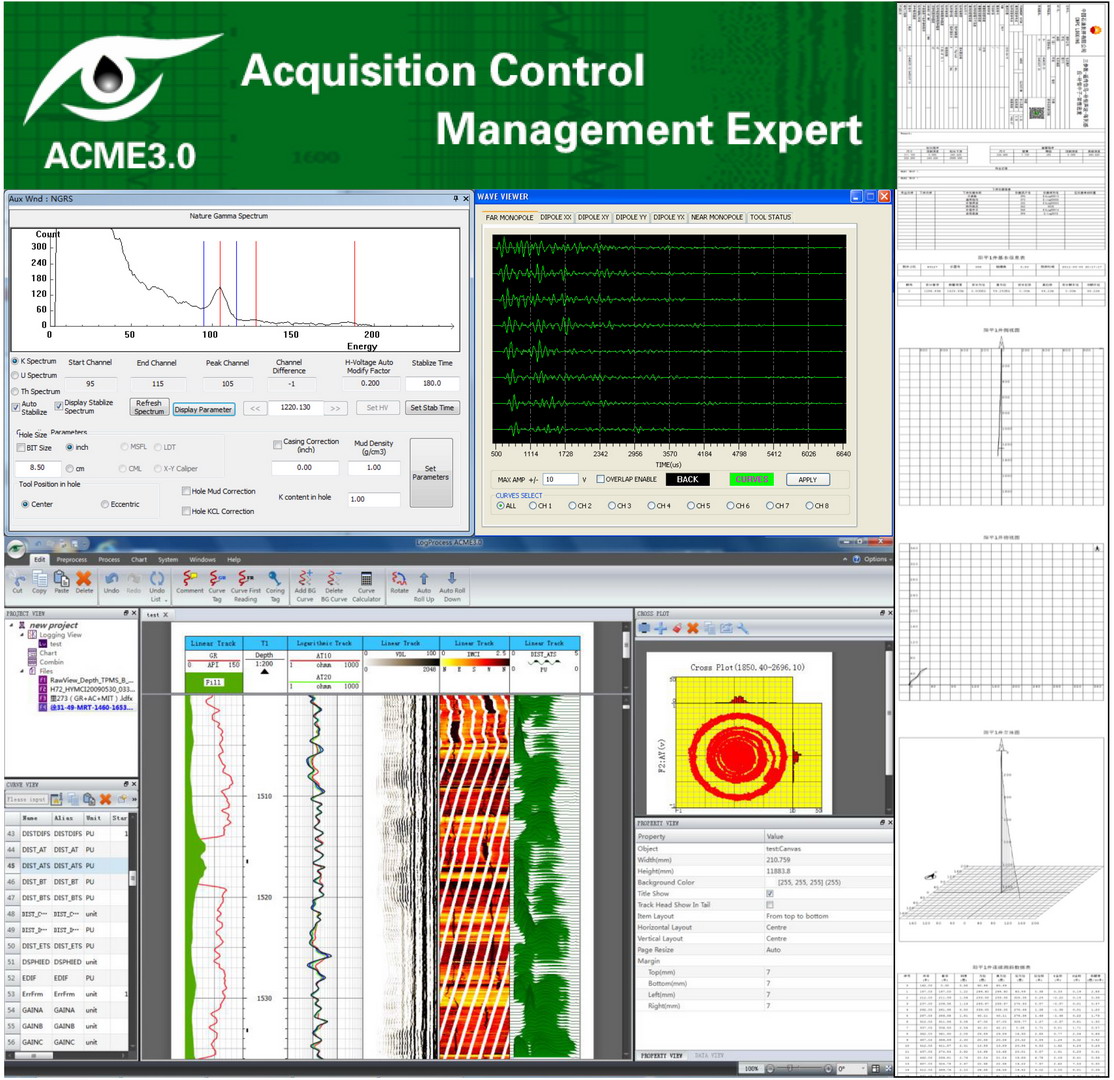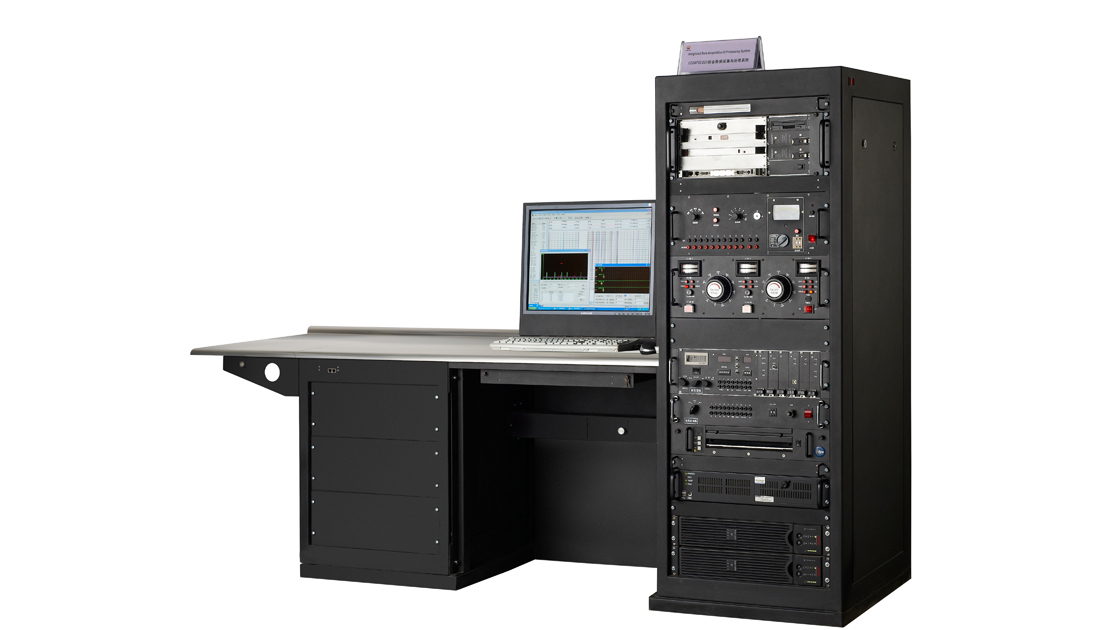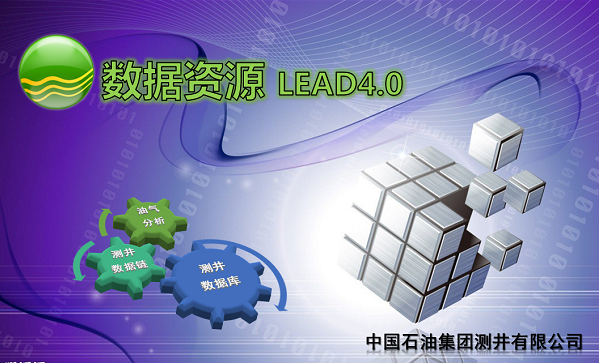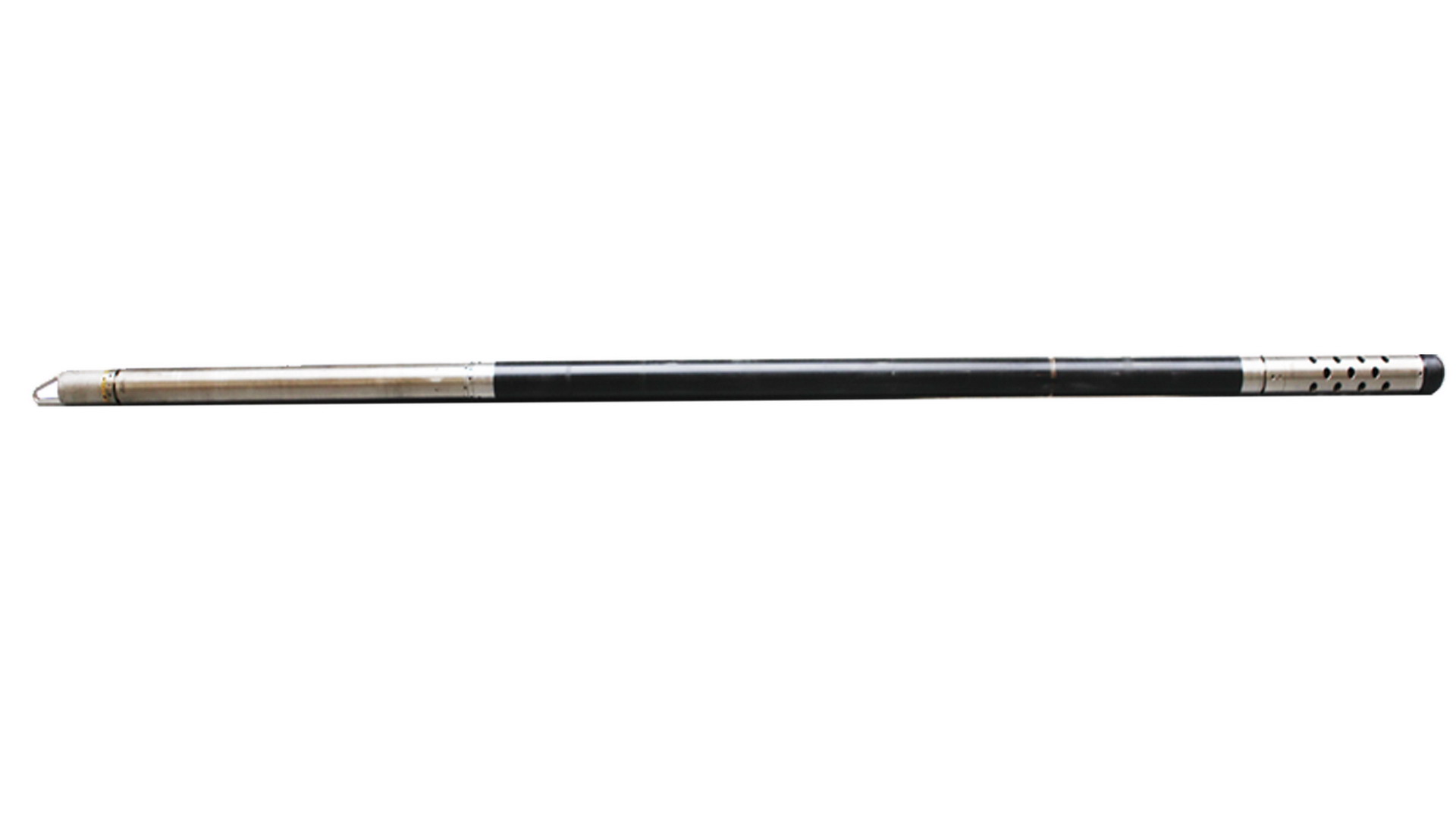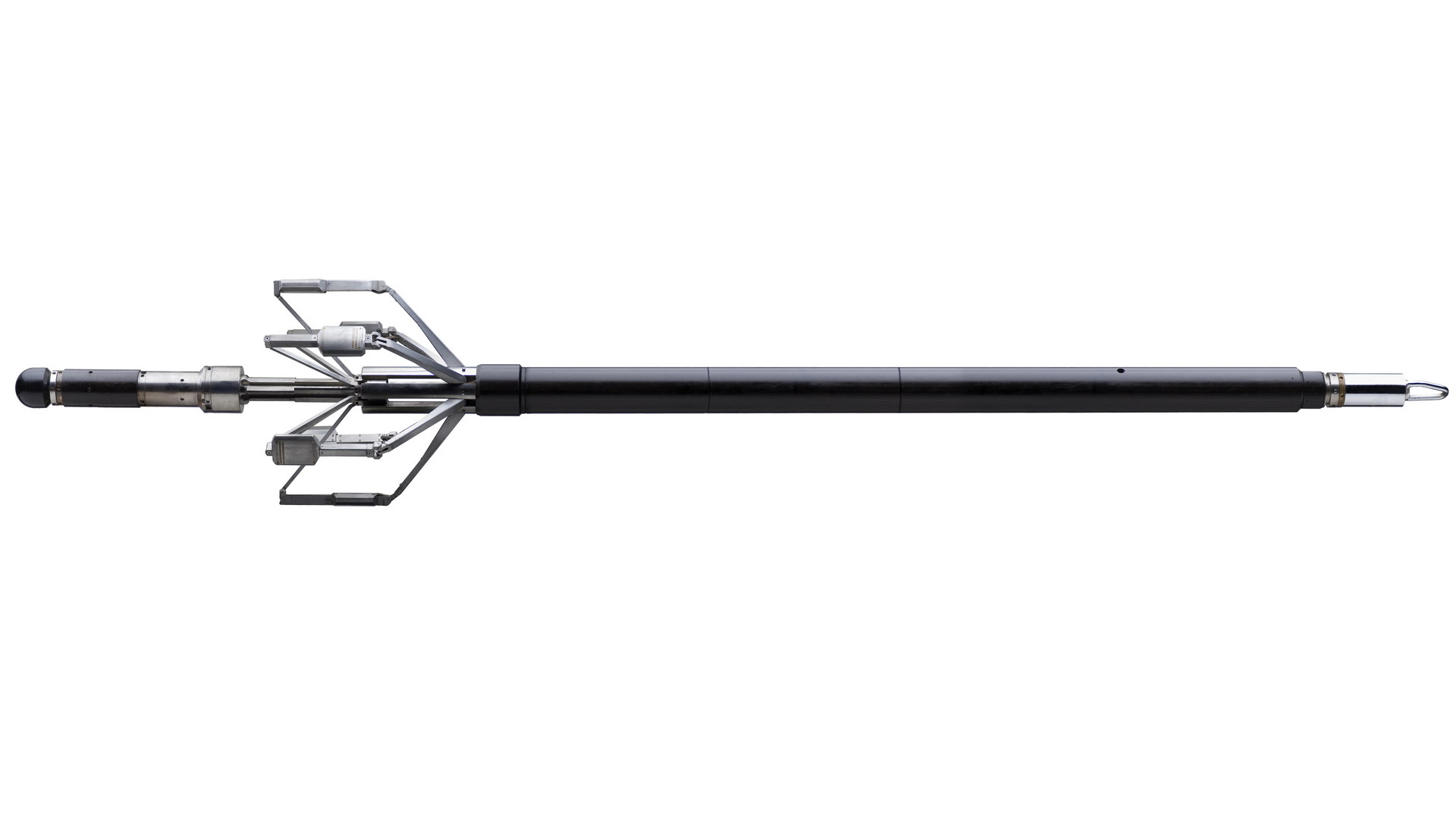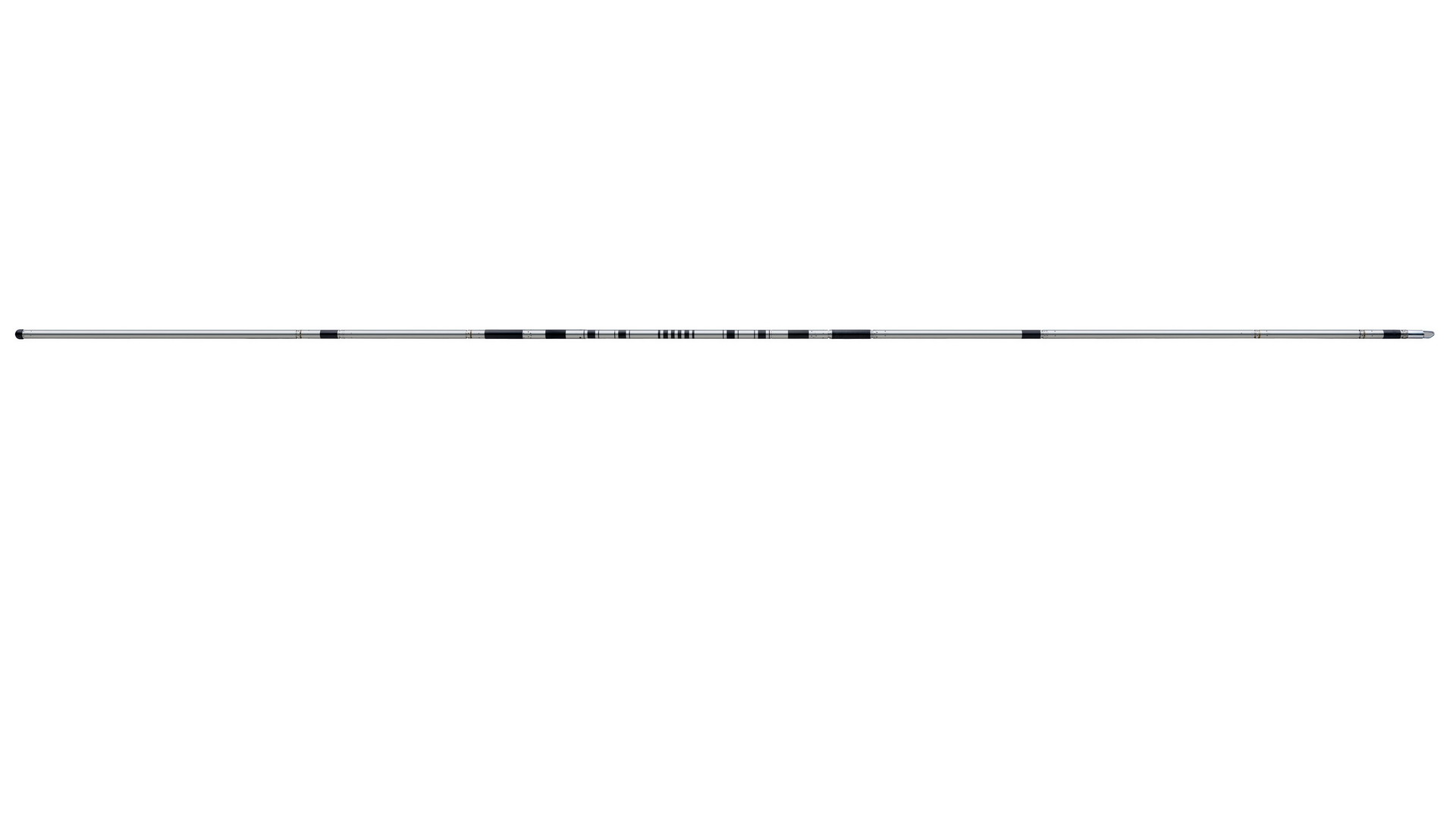
Product Category
Geophysical Exploration, Logging and Well Testing Equipment
Geophysical Exploration Equipment
Well Logging Equipment
Mud Logging Equipment
Well Testing Equipment
Service
Drilling and Workover Equipment
Drilling Rig
Workover Rig
Coiled Tubing Unit
Equipment with Special Advantage
Lifting System
Rotating System
Power System
Drilling Automation Equipment
Mud Circulation Processing Equipment
Well Control Equipment
Drilling Auxiliary Equipment
Wellhead Tool
Drilling Tool
Fishing Tool
Jam Release Tool
Directional Well Tool
Workover Tool
Drilling Bit
Cementing Equipment
Cementing Tool
Service
Production Equipment
Pumping Unit
Subsurface Sucker Rod Pump
Sucker Rod
Electrical Submersible Pump System
Progressive Cavity Pump System
Wellhead and Christmas Tree
Pump
Heavy Oil Production Equipment
Well Washing and Wax Removing Trucks
Swabbing Equipment
Fracturing and Acidizing Equipment
Service
Oilfield Surface Facilities
Tubular Goods
Casing
Tubing
Drill Stem Element
Line Pipe
Boiler Tube
Plastic Pipe
GRE Pipe
RTP
Section Steel
Steel Plate
Oilfield Chemicals
Drilling Fluid Additive
Cement Additive
Production Chemicals
Water Treatment Chemicals
Chemicals For Oil & Gas Gathering & Transportation
Commodity Chemicals
Service
General Product
Electric Material
Valves
Construction Machinery and Equipment
Pipe Fittings
Transportation Equipment
Wire Metal Rope
Labor Protection Products
Lifting, Hoisting & Conveying Equipments
Fire-fighting Equipments
Refining and Chemical Equipment
Rotating Equipment
Static Equipment
Valves and Fittings
Automatic System and Instrument
Spare Parts and Bulk Material
Package Unit
Skid-mounted Equipment
Others
Chemical Products
Catalyst and Additive
Wax
Hydrocracking Catalyst
Hydrotreating Catalyst
Reforming Pe-hydrogenation Catalyst
FCC Additives for Increasing Propylene
Offshore Engineering
Epidemic Prevention Materials
- Acquisition Control and Management Environment
- Brief Introduction:
- Integrated Surface System
- Brief Introduction:
- Log Evaluation and Application Desktop
- Brief Introduction:
- Multi-Array Induction Imager Tool
- Brief Introduction:
- Micro Conductivity Imager Tool
- Brief Introduction:
- High Resolution Array Laterolog Logging Tool
- Brief Introduction:

